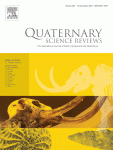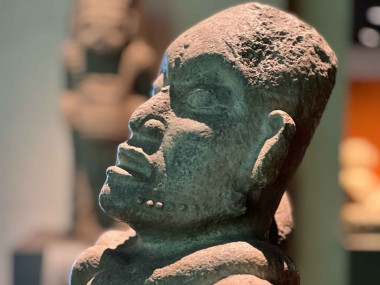Medieval grave of 'very, very powerful' man and his 4-foot-long sword unearthed in Sweden (www.livescience.com)
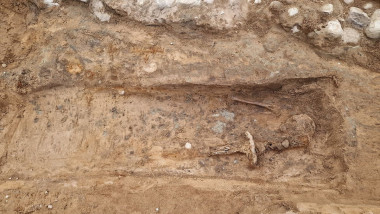
This magazine is from a federated server and may be incomplete. Browse more on the original instance.

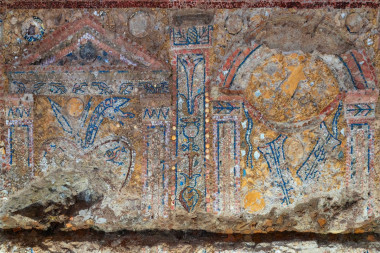

The spectacular explosion of the mine at Hawthorn Ridge—a fortified German front-line position in the First World War—marked the beginning of the Battle of the Somme, and remains one of the best-known pieces of film from the whole conflict....
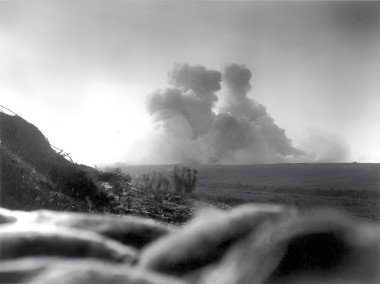
Lasers have revealed a complex network of pre-Hispanic structures and roadways hidden beneath the canopy of the Amazon. At 2,500 years old, it’s the earliest (and largest) example of an agricultural civilization ever recorded in South America’s dense rainforest....
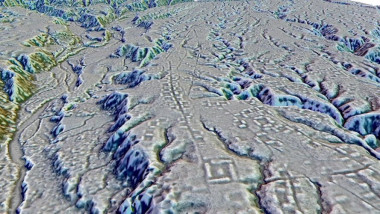
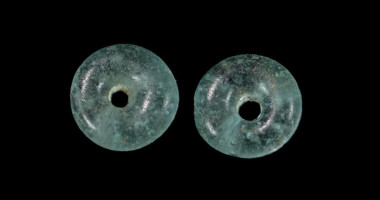
Researchers at the Francis Crick Institute, working with University of Oxford, University of York and Oxford Archaeology, have developed a new technique to measure the number of chromosomes in ancient genomes more precisely, using it to identify the first prehistoric person with mosaic Turner syndrome (characterized by one X...
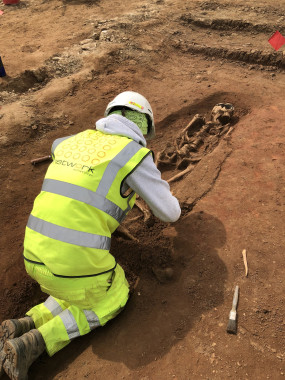
Archaeologists in Egypt have discovered two mummies outfitted with golden tongues at the ancient town of Oxyrhynchus, bringing the total number of golden tongues found at the location to 16, archaeologists say....
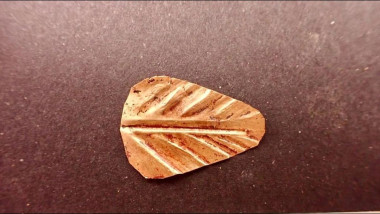
Major migration events in Holocene Eurasia have been characterized genetically at broad regional scales. However, insights into the population dynamics in the contact zones are hampered by a lack of ancient genomic data sampled at high spatiotemporal resolution. Here, to address this, we analysed shotgun-sequenced genomes from...
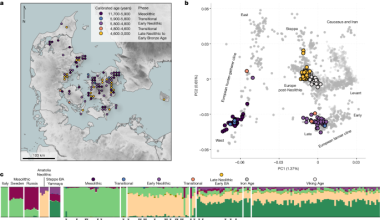

A special find has been made in the Alkmaar Regional Archive: A number of 17th-century book bindings contained pieces of parchment from a manuscript from the 11th century. The original manuscript may have belonged to a princess who fled England after the Norman Conquest....
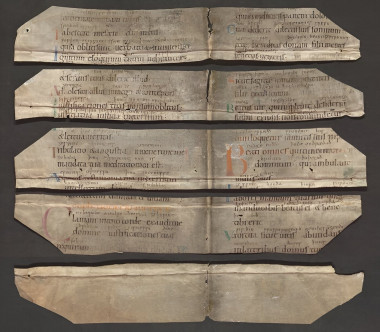


The North Arabian Desert oases were inhabited by sedentary populations in the 4th and 3rd millennia BCE. A fortification enclosing the Khaybar Oasis—one of the longest known going back to this period—has just been revealed by a team of scientists from the CNRS and the Royal Commission for AlUla (RCU)....
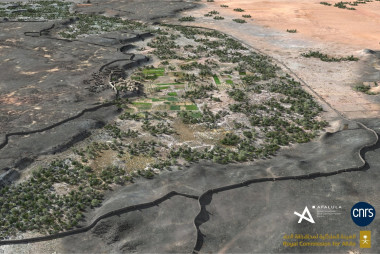
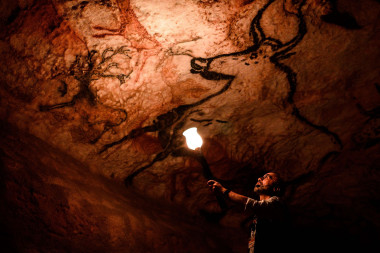
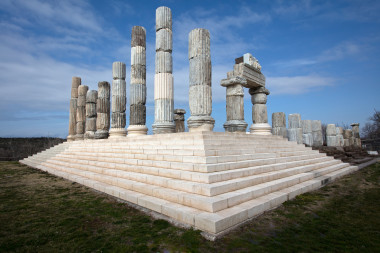
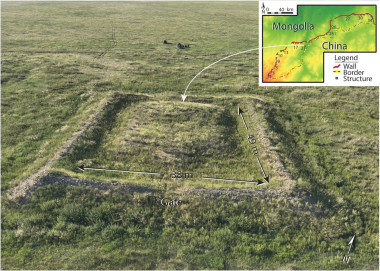
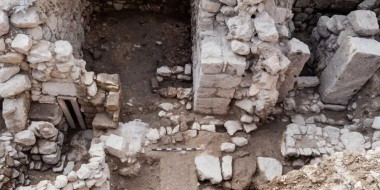
Archaeologists in China have unearthed a mysterious set of rectangular wooden pieces linked to an ancient astronomical calendar. The artifacts were discovered inside an exceptionally well-preserved 2,000-year-old tomb in the southwest of the country....
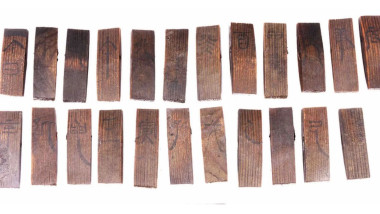
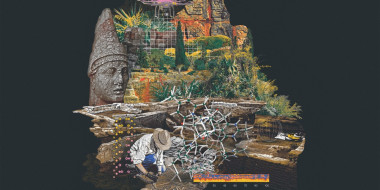
As long as humans have been minting coins and crafting beautiful jewelry and other stunning collectibles, an equal number of people have been right behind them searching for these precious finds. Here are 10 extraordinary discoveries made in 2023 that prove that the hunt for buried treasure never gets old.

Nicholas Copernicus was the astronomer who, five centuries ago, explained that Earth revolves around the Sun, rather than vice versa. A true Renaissance man, he also practised as a mathematician, engineer, author, economic theorist and medical doctor....

